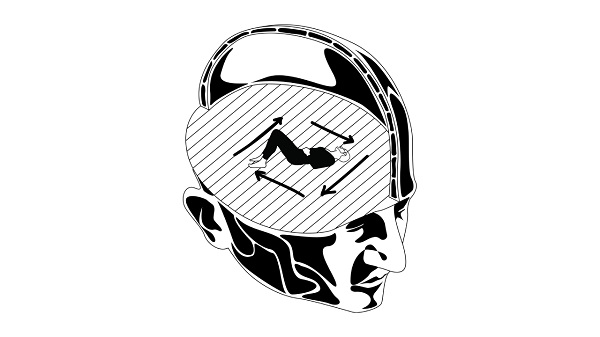The Autoplacer Working Group emerged in order to analyse how the current COVID-19 health crisis has affected the independent music sector. So, four days were set aside during the month of November in which different agents (labels, musicians, independent groups, promoters, programmers, self-producers, etc.) related to the Autoplacer festival and its different fields, delved into the current situation with the idea of proposing transversal improvements that could be applied both to live music, as well as to other independent self-production processes.
The Autoplacer working groups were held on 20, 23, 24 and 25 November from 11 AM to 5 PM and included the participation of: Collective AC Autoplacer, formed by Manuel Moreno, Adolfo Párraga and Roberto Salas; Mar Rojo, Dani Cantó, Andrea Galaxina, Patrizia di Filippo, Alberto G. Pulido, Eduardo García Gil (Giradiscos), Elisa Pérez Caliza, María Eguizabal, Sara Brito (Chicotrópico), José Salas, Sonsoles Rodríguez, Marcos García (Ayuken), Francisco Meneses, Tommaso Marzocchini, Natalia Piñuel, Gonzalo Sanz and Estrella Serrano Tovar.
As a result of this joint analysis, the Autoplacer collective published a complete report – following a diagnosis and a subsequent exhaustive list of conclusions – that addressed the different problems faced by the most independent musical activity with regard to policies, resources, formats, etc. There is also a short essay on the definition of submerged music that defends its inclusion in cultural institutions. The 67-page document features the illustrations created by Daniel Puiggròs for the Autoplacer 2020 festival, photographs of the working groups and all attendee profiles.
Entrance
The Autoplacer Working Group emerged in order to analyse how the current COVID-19 health crisis has affected the independent music sector.









